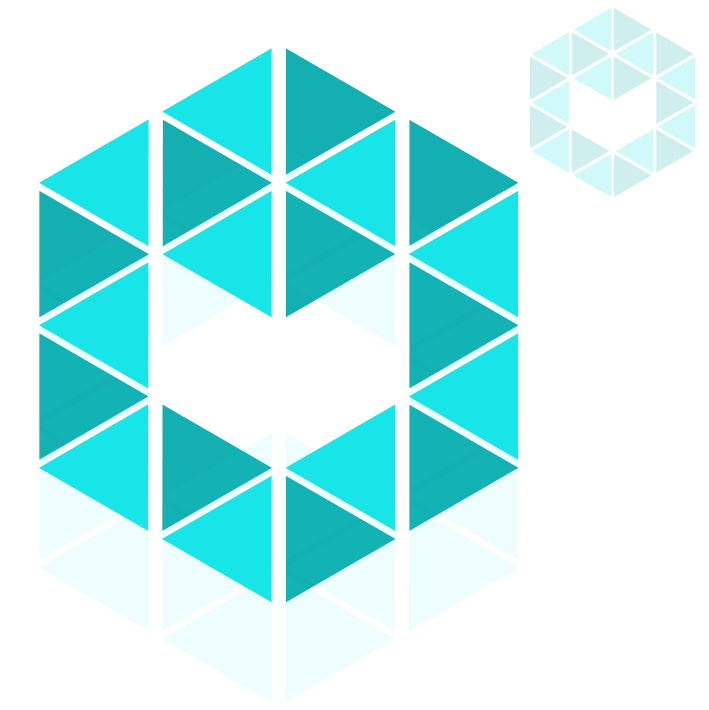TERMINET has worked on next generation IoT across six realistic use cases, featuring software defined networking, edge computing, virtualisation, federated learning, augmented and virtual reality interfaces. TERMINET consortium member ERCIM is the European Research Consortium for Informatics and Mathematics. We aim to foster collaborative work within the European research community and to increase co-operation with European industry. Leading European research institutes are members of ERCIM. For TERMINET, we focused on standardisation, as well as conducting research on moving beyond the limitations of current approaches to knowledge representation and reasoning.
ERCIM is also the European partner for W3C inc, an international organisation for web technology standards. We’ve supported work on W3C’s framework for knowledge representation (RDF) to make it easier to annotate links, as well as work on the Web of Things as a virtualisation layer for digital twins that makes it easier to create applications involving diverse IoT technologies and standards. We’re also participating in W3C Community Group’s including Web of Things, Autonomous Agents on the Web and Cognitive AI.
Knowledge representation is key to integrating information from multiple sensors, and enabling shared understanding across suppliers and consumers of information (semantic interoperability). We’ve developed a lightweight notation (PKN) for plausible knowledge and defeasible reasoning that supports knowledge subject to uncertainties, imprecision, incompleteness, inconsistencies and ongoing change. This is an advance on RDF which is itself based upon description logics and deductive reasoning limited to perfect knowledge. We co-organised a workshop on plausible reasoning with imperfect knowledge at KGC2022, presented a paper at KGSWC2023, and written a chapter for an IET book on personal knowledge graphs, along with a web-based implementation as a proof of concept.
We are using ERCIM News to disseminate ideas developed within TERMINET to the family of organisations in ERCIM, and taking the lessons learned into our standardisation activities, e.g. on the Web of Things (WoT), updates to RDF, and extended reality (WebXR), including plans for a workshop on aligning NGSI-LD and the Web of Things. We are also working on neurosymbolic approaches for cyber-physical control with innovative neural architectures as a basis for tomorrow’s cognitive inspired IoT.
In respect to risks and barriers, standardisation is always a joint effort by interested stakeholders and has been likened to herding (domestic) cats! Things don’t always work out like you originally hoped. A further challenge is winning support and growing the set of stakeholders. The IoT remains fragmented in respect to technologies and standards, acting as a brake on innovation.
ERCIM: https://www.ercim.eu
W3C: https://www.w3.org

